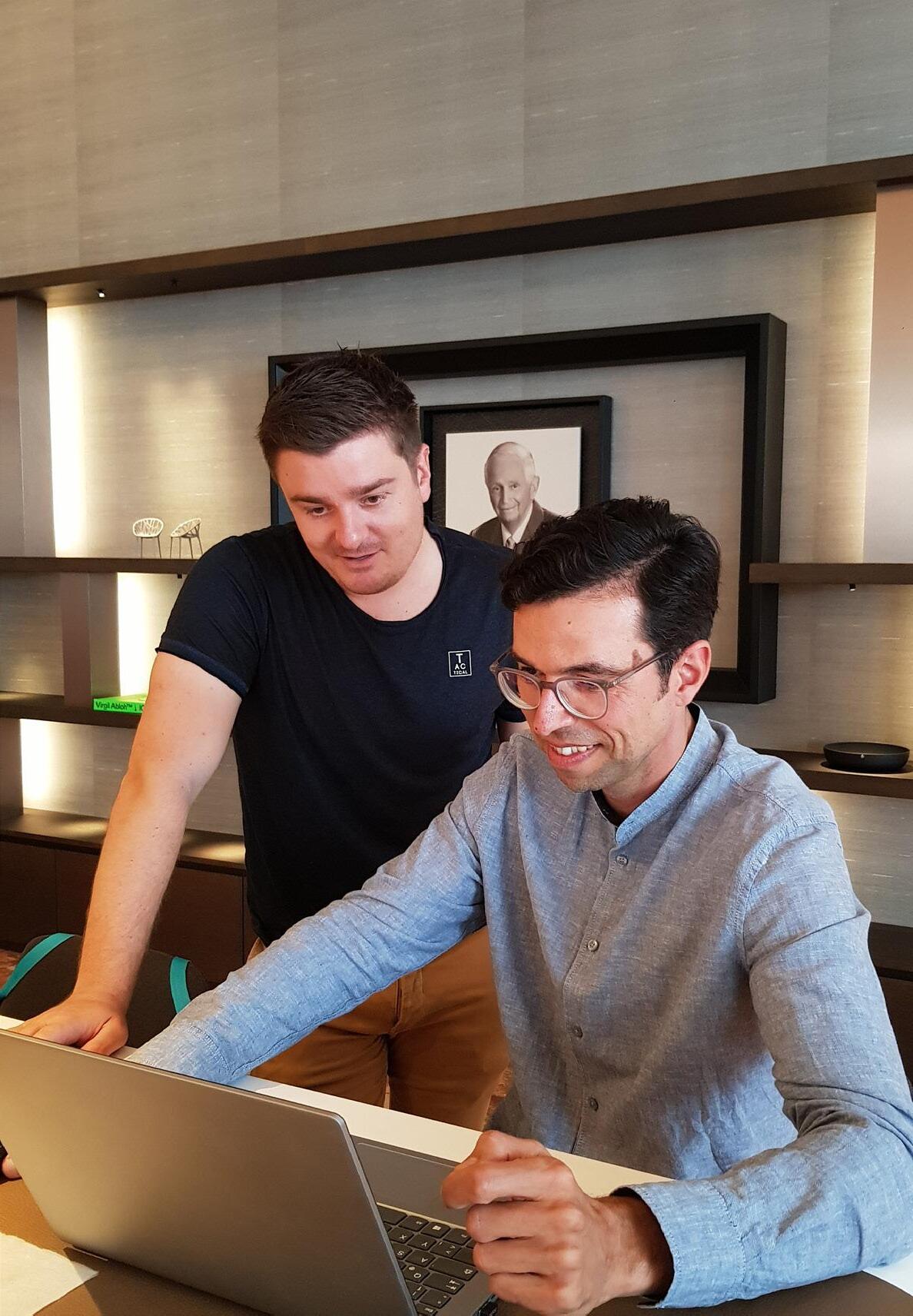
4 minute read
AVANTGARDE | NFT as Digital Art merges with the Blockchain
Art is becoming an investment, thanks to the trading of digital shares. Currently, many artworks are being given digital avatars. So-called non-fungible tokens (NFTs) are stored on the blockchain and certify ownership of a digital copy of great masterpieces. In recent years, there has been massive investment in the NFT sector, with many startups aiming to introduce these new technologies.
Several artists in the art industry offer blockchain services to increase market transparency, trace the origin, verify ownership, and enable artists to receive commissions throughout the entire life span of artwork. Blockchain could help solve one of the main problems in the art world. The Fine Art Experts Institute (FAEI) in Geneva released a report stating that over 50% of the art pieces examined by the institute in 2014 were either forgeries or attributed to the wrong artists. The most obvious benefits of creating an infrastructure for tokenizing transactions with fractions of artworks are quick to market access, portfolio diversification, lower transaction costs, and high liquidity compared to traditional art trading. Blockchain represents the democratization of art by lowering entry barriers and inviting a diverse audience into the art world.
In 2015, Verisart was the first company to apply blockchain technology to the physical art market. “NFTs are a completely new distribution channel in art and have opened up entirely new areas of opportunity for Investors,” said Gibtner.
Verisart has certified works by Ai Weiwei and Shepard Fairey and raised $2.5 million in funds from blockchain investors. In 2017, the TEFAF Art Market Online Focus published a survey showing that 75% of auction houses are considering offering some form of blockchain technology within the next five years. Christie’s, one of the world’s leading auction houses, held its first Art+Tech Summit in 2018 with a focus on “Exploring Blockchain.” In July 2018, the blockchain platform Maecenas offered fractional ownership of Andy Warhol’s “14 Small Electric Chairs” (1980). 1.5% of the artwork was offered for sale in cryptocurrencies such as Bitcoin and Ethereum.
The total value of the cryptocurrency share of the work was $5.6 million USD. This transaction went down in the art and technology history books. In November 2018, Christie’s New York partnered with blockchain-backed registry startup Artory. The $318 million USD sale of the Barney A. Ebsworth collection was recorded entirely on the blockchain. The registry tracked ownership and allowed bidders to remain anonymous. This transaction made history, enabling a new era of trust in provenance and authenticity. In April 2018, ArtChain received $4 million USD in funding within 48 hours. TheMelbourne-based startup aims to bring high-quality artwork to the blockchain, with a focus on the Chinese art market. AllPublicArt enables artists and art collectors to do business with each other via smart contracts, eliminating the need to pay commissions to intermediaries.
This not only reduces costs but also ensures the validity of each peer-to-peer verified transaction. AllPublicArt intends to use blockchain to minimize cases of art forgery and verify ownership of artworks. The electronic marketplace aims to streamline art trading by ensuring transparency and efficiency at every step of the process. Founded in 2017, Masterworks allows investors to buy shares representing ownership of masterpieces by artists such as Warhol and Monet. The experienced team has already created companies worth over $1 billion USD. In its first offering, the company offered a $1.8 million USD investment in Andy Warhol’s“1 Colored Marilyn” (1979) - with an affordable minimum investment of $1 thousand USD. In 2018, Codex Protocol received $5 million USD from blockchain investors Pantera Capital. The company offers a decentralized ledger for art and collectibles. Each user of the Codex network has a unique digital signature that ensures authenticity and anonymity. TheArtToken (TAT) has received over $11 million USD in funding to date. TAT represents fractional ownership of valuable artworks through security tokens. Artory has received $7.3 million USD in 2019 funding from an early Spotify investor and other backers. The blockchain-based art ledger allows users to track provenance and title data, as well as record sales of artworks. The chains of custody are authentic and tamperproof.





